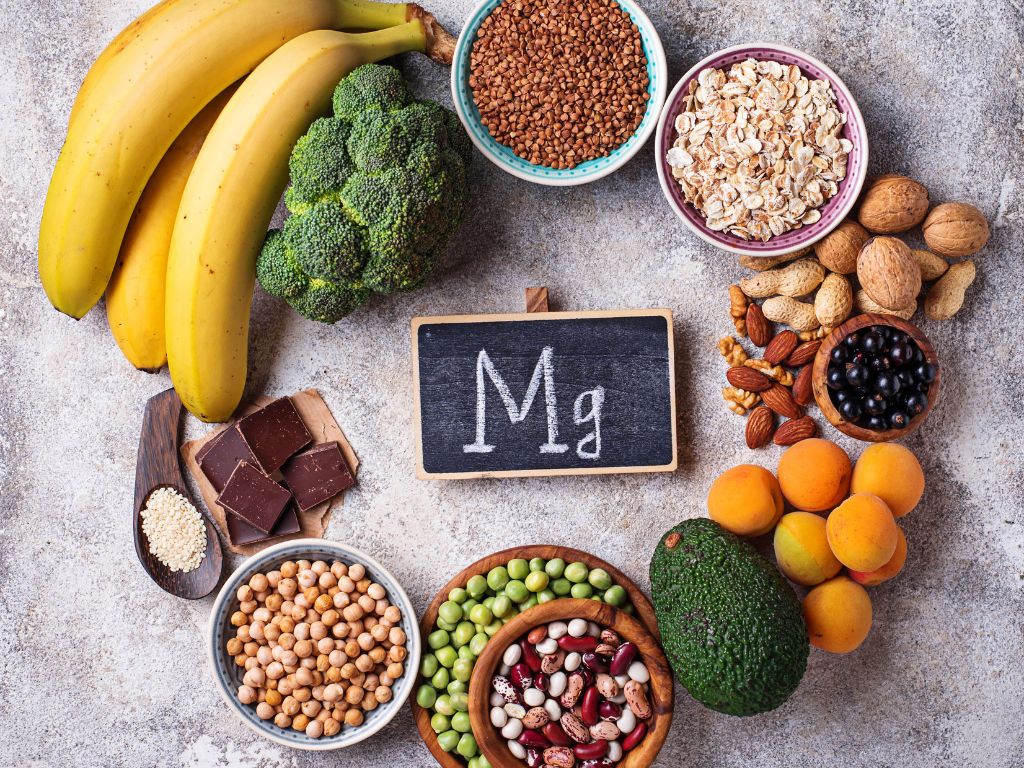What to Look for in a Magnesium Glycinate Supplement?

Are you feeling a bit off these days? Maybe you're having trouble sleeping, feeling anxious all the time, tired for no reason, or getting muscle cramps?
Don't worry—you're not the only one. Many people have low magnesium without knowing it. That's why many are turning to magnesium glycinate supplements to get back on track gently.
But here's the thing: when you go to a drugstore or health shop, you'll see shelves full of magnesium bottles. They all say they'll help you sleep better, relax your muscles, and cut down on stress. So, how do you pick the right magnesium glycinate supplement for you?
In this blog, we'll show you what to look out for so you can make a smart choice you feel good about.
Why Choose Magnesium Glycinate?
Before we get into what makes a good supplement, let's talk about why magnesium glycinate is becoming so popular.
Magnesium glycinate combines magnesium with glycine, an amino acid that has a calming effect. This pairing makes it gentler on the stomach, boosts its absorption, and strengthens magnesium's natural ability to relax the body.
For this reason, many people struggling with anxiety, sleeplessness, or high stress levels prefer it.
Compared to other forms, such as magnesium oxide or citrate, glycinate has a lower chance of causing stomach issues, which makes it a good choice for everyday use.
What to Look for When You Buy Magnesium Glycinate
1. Look at the Magnesium Amount in Each Serving
Magnesium glycinate supplements can differ a lot in the actual magnesium they provide. The package might read "2,000 mg magnesium glycinate," but this doesn't mean you get 2,000 mg of magnesium.
Find the "elemental magnesium" quantity, which tells you how much magnesium your body can absorb. Adults need about 310–420 mg, depending on their age and sex. A good supplement gives you 100–200 mg of elemental magnesium per serving.
If you want to use it to help with stress or sleep, you might need to take more than one pill a day—but always talk to a doctor before you increase your dose.
2. Check for "Chelated" or "Buffered" Types
"Chelated" means magnesium is bound to another molecule—in this case, glycine—to help the body absorb it. Make sure the label says "magnesium bisglycinate" or "chelated magnesium glycinate."
Stay away from unclear labels that just say "magnesium blend" or "magnesium complex." These often have cheaper, harder-to-absorb forms mixed in.
Also, be careful with "buffered" magnesium glycinate. This might sound good, but it means the product has magnesium oxide added to it (which is poorly absorbed but cheaper). If you have a sensitive gut or are specifically seeking high absorption, choose an unbuffered version.
3. Think About Additives and Fillers
This matters a lot if you want to eat cleaner or have allergies, or food sensitivities.
Look at the "Other Ingredients" part of the label. Stay away from supplements with extra fillers, fake colors, titanium dioxide, hydrogenated oils, or added sugars.
Try to find products that are:
- Non-GMO
- Gluten-free
- Soy-free
- Vegan (if you care about that)
- Free of common allergens
Companies that keep things clean often say so right up front, but it never hurts to take a closer look at the label.
4. Pick the Right Form: Capsules, Powder, or Liquid
The best form depends on what you like and how you live. Capsules are easy to take and carry around, but if you have trouble with pills or want to adjust your dose more, you might prefer a powder or liquid version.
Powders come in handy when you want to mix magnesium glycinate into a nighttime beverage or smoothie. Some folks find that the routine of sipping a warm soothing drink helps get their mind ready for bed.
Just keep an eye out to make sure the powder doesn't contain any added sugars or flavor boosters that might work against its calming effects.
5. Third-Party Testing and Transparency
In the world of supplements, being open and honest is key. Reliable brands put money into outside testing to check the quality, purity, and strength of what they're selling.
Look for:
- NSF or USP credentials
- Issuances of CoA (Certificates of Analysis)
- Transparent sourcing of ingredients
- GMP credentials
A company that makes big claims but fails to reveal the source of its ingredients or does not show testing information is definitely a company to avoid.
6. Take into Account Your Personal Needs
When choosing magnesium glycinate, one’s personal health objectives can greatly influence the individual’s needs:
- Looking for better sleep? Seek magnesium glycinate supplements that come with calming herbs like lemon balm or L-theanine.
- Need relief from stress or anxiety? Go for stronger, unbuffered calming forms.
- Working towards muscle recovery or exercising? A multi-electrolyte blend that contains potassium or calcium may be advantageous.
Be sure to listen to your body. Start with a low dose and carefully monitor how you feel after a week or two.
Key Takeaways
Feeling overwhelmed, how to find the right magnesium glycinate supplement? With the available options on the market, it is not that difficult a task. Prepare a checklist based on your priorities and focus on ingredients, transparency, bioavailability, and your specific health goals.
When used properly, this supplement can be a powerful, yet simple addition to one’s daily routine, enhancing mental clarity, deepening sleep, and expediting recovery throughout the day.
Keep in mind that hydration, movement, balanced nutrition, and the right amount of sleep - all work in synergy with supplements.
While magnesium glycinate is not a solution to every problem, when chosen with care, it can provide significant support for optimal body and brain function.